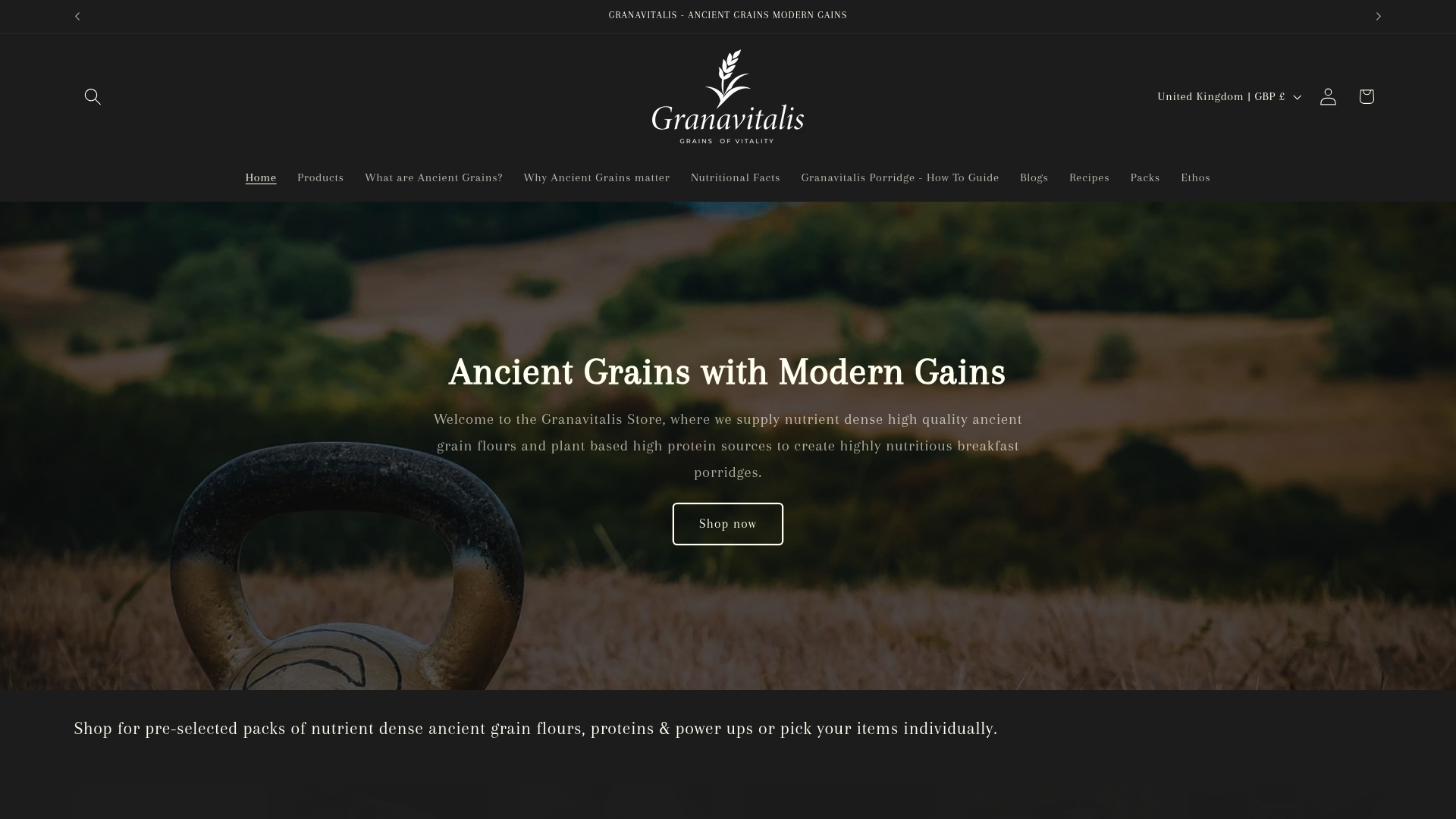
What Is Gluten in Ancient Grains? Complete Guide
Share
Most people are surprised to learn that ancient grains contain gluten types very different from those in today’s supermarket breads. For anyone with gluten concerns or sensitivity, knowing these differences matters. Ancient wheat varieties like einkorn, emmer, and spelt may affect the body in unexpected ways compared to modern wheat. This guide helps you understand how gluten in ancient grains shapes nutrition, digestibility, and your dietary choices.
Table of Contents
- Gluten Explained in the Context of Ancient Grains
- Major Ancient Grains: Gluten Content Compared
- Nutritional Impact of Gluten in Ancient Varieties
- Gluten Sensitivities: Health and Diet Considerations
- Ancient Grain Alternatives for Gluten-Free Diets
Key Takeaways
| Point | Details |
|---|---|
| Variation in Gluten Composition | Ancient grains like einkorn, emmer, and spelt have distinct gluten profiles compared to modern wheat, impacting digestibility and allergenicity. |
| Nutritional Benefits | Ancient grains offer higher micronutrient densities and potentially lower inflammatory responses, making them appealing for holistic diets. |
| Gluten Sensitivities | Individual responses to gluten can vary; ancient grains may provide more digestible options for those with mild sensitivities. |
| Gluten-Free Alternatives | Alternative grains such as quinoa, buckwheat, and millet present nutritious gluten-free options without compromising flavour or texture. |
Gluten Explained in the Context of Ancient Grains
Gluten is a complex protein composite found primarily in wheat, barley, and rye that provides structure and elasticity to bread and baked goods. In the world of ancient grains, gluten plays a fascinating and nuanced role that differs significantly from modern wheat varieties. Cambridge Research reveals that gluten’s introduction into human diets traces back thousands of years, fundamentally changing our nutritional landscape.
Interestingly, ancient grain varieties demonstrate notable variations in gluten composition compared to contemporary wheat. Northumbria Research suggests that ancient wheat types like einkorn, emmer, spelt, and Khorasan wheat contain different gluten profiles than modern bread wheat. These variations can significantly impact digestibility and potential allergenicity for individuals with gluten sensitivities.
Key differences in ancient grain gluten include:
- Lower overall protein content
- More diverse protein structures
- Potentially reduced inflammatory responses
- Greater genetic diversity compared to industrialised wheat
For individuals exploring gluten-sensitive diets, understanding these subtle differences becomes crucial.
 While ancient grains are not automatically gluten-free, their unique protein compositions might offer alternative options for those seeking more digestible grain sources. Understanding Gluten-Free Ancient Grains Guide provides additional insights into navigating these nutritional complexities.
While ancient grains are not automatically gluten-free, their unique protein compositions might offer alternative options for those seeking more digestible grain sources. Understanding Gluten-Free Ancient Grains Guide provides additional insights into navigating these nutritional complexities.
Major Ancient Grains: Gluten Content Compared
Understanding the gluten content across different ancient grain varieties reveals fascinating insights into their nutritional profiles. MDPI Research provides critical comparative analysis of gluten protein compositions in ancient wheat species, highlighting significant variations between traditional and modern wheat varieties. These differences extend beyond simple protein content, encompassing complex molecular structures that impact digestibility and potential allergenicity.
Ancient wheat varieties demonstrate remarkable diversity in their gluten characteristics. Springer Research reveals nuanced differences in yield, chemical composition, and farinographic properties across grain types. Specifically, grains like einkorn, emmer, and spelt exhibit unique gluten profiles that distinguish them from contemporary industrialised wheat strains.
Key comparative insights into ancient grain gluten include:

- Einkorn wheat: Lower total gluten content, potentially more digestible
- Emmer wheat: More complex protein structures
- Spelt wheat: Higher protein diversity
- Khorasan wheat: Potentially reduced inflammatory responses
For those exploring alternative grain options, understanding these subtle variations becomes crucial. While these ancient grains are not inherently gluten-free, their distinct compositions offer intriguing alternatives for individuals seeking more varied and potentially gentler grain sources. What Is Ancient Grain? Complete Guide for the UK offers additional context for those wanting to delve deeper into the world of traditional wheat varieties.
Nutritional Impact of Gluten in Ancient Varieties
Gluten’s nutritional profile in ancient wheat varieties presents a complex landscape of health implications that extend far beyond simple protein content. MDPI Research reveals fascinating insights into the physicochemical characteristics and microstructure of ancient grains, demonstrating that these traditional varieties offer unique nutritional attributes distinct from modern wheat strains.
The nutritional complexity of ancient grain gluten becomes particularly intriguing when examined through an organic farming lens. MDPI Agricultural Research highlights how cultivation methods significantly influence the agro-morphological and quality traits of ancient wheat cultivars. These grains exhibit nuanced differences in gluten composition that can potentially impact digestibility, nutrient absorption, and overall metabolic responses.
Key nutritional considerations for ancient grain gluten include:
- Higher micronutrient density
- More diverse protein structures
- Potentially lower inflammatory responses
- Enhanced mineral bioavailability
- Reduced glycemic impact compared to modern wheat
For individuals seeking more holistic nutritional approaches, understanding these subtle variations becomes crucial. The intricate gluten profiles of ancient grains offer promising alternatives for those exploring more nutrient-dense dietary options. Understanding How Ancient Grains Support Wellness provides additional context for those interested in the broader wellness implications of these remarkable grains.
Gluten Sensitivities: Health and Diet Considerations
Gluten sensitivities represent a complex spectrum of health challenges that require nuanced understanding, particularly when exploring ancient grain varieties. PubMed Research reveals critical insights into the presence of celiac epitopes across different ancient grains, demonstrating that not all gluten is created equal. These findings suggest that individuals with gluten-related disorders might experience varying immune responses depending on the specific grain variety consumed.
The relationship between ancient wheat and gluten-related disorders is particularly intriguing. PubMed Clinical Research provides compelling evidence that ancient wheat varieties may contain different gluten profiles compared to modern bread wheat, potentially offering more digestible alternatives for those with mild gluten sensitivities. This research highlights the importance of understanding molecular differences between traditional and contemporary grain varieties.
Key considerations for individuals with gluten sensitivities include:
- Molecular variations between ancient and modern wheat
- Individual immune response differences
- Potential for reduced inflammatory reactions
- Importance of personalized dietary approaches
- Necessity of professional medical consultation
For those navigating the complex world of gluten sensitivities, a comprehensive approach is essential. Understanding the nuanced differences between grain varieties can provide valuable insights into managing dietary challenges. What is Gluten-Free Grain? Understanding Its Importance offers additional guidance for those seeking to make informed nutritional choices.
Ancient Grain Alternatives for Gluten-Free Diets
Gluten-free alternatives from ancient grains offer a promising nutritional landscape for individuals managing dietary restrictions. Academic Research reveals innovative approaches to incorporating alternative grains like quinoa, chia, and millet into bread products, demonstrating remarkable potential for creating nutritionally rich, gluten-free options that don’t compromise on taste or texture.
The world of gluten-free ancient grains extends far beyond traditional wheat substitutes. Apple Books Research comprehensively explores diverse grain alternatives including sorghum, millets, teff, quinoa, amaranth, and buckwheat. These grains not only provide essential nutritional benefits but also offer unique flavour profiles that can transform gluten-free cooking and baking.
Key gluten-free ancient grain alternatives include:
- Quinoa: Complete protein source
- Amaranth: High in minerals and antioxidants
- Buckwheat: Rich in essential amino acids
- Millet: Easily digestible and nutrient-dense
- Teff: Excellent source of iron and calcium
For those navigating gluten-free dietary choices, understanding these alternatives becomes crucial. Exploring ancient grains can transform dietary limitations into exciting culinary opportunities. How to Incorporate Ancient Grains for Healthier Meals provides practical insights for integrating these nutritional powerhouses into everyday meals.
Discover Ancient Grains That Support Your Gluten Needs
Navigating the world of gluten in ancient grains can be confusing and frustrating when seeking wholesome options that fit your dietary needs. Whether you want to explore grains with unique gluten profiles or find nutritious flour alternatives that respect your sensitivities, understanding the difference between traditional and modern wheat is key. Ancient grains offer a more diverse, potentially gentler source of nourishment that may align better with your wellness journey.

Explore our carefully sourced range of premium Grains – Granavitalis and nutritious All Flours – Granavitalis. Each product is rooted in respect for tradition and crafted to support your body with balanced nutrition and mindful ingredients. Take the step now to transform your meals and embrace the nourishing power of ancient grains with confidence at Granavitalis.
Frequently Asked Questions
What is gluten and what role does it play in ancient grains?
Gluten is a complex protein found mainly in wheat, barley, and rye. In ancient grains, it affects the structure and elasticity of baked goods, differing significantly from modern wheat varieties in terms of nutritional composition and digestibility.
How do ancient grains differ from modern wheat in terms of gluten content?
Ancient grains like einkorn, emmer, and spelt have distinct gluten profiles compared to modern wheat, often featuring lower overall protein content and different protein structures, which can impact digestibility and allergenicity for those with sensitivities.
Can individuals with gluten sensitivities consume ancient grains?
While ancient grains contain gluten and are not gluten-free, they may present a more digestible option for some individuals with mild gluten sensitivities due to their unique protein compositions compared to modern bread wheat.
What are some gluten-free alternatives to ancient grains?
Gluten-free alternatives include quinoa, amaranth, buckwheat, millet, and teff. These grains provide essential nutrition and offer varied flavor profiles, making them great substitutes in gluten-free cooking and baking.
